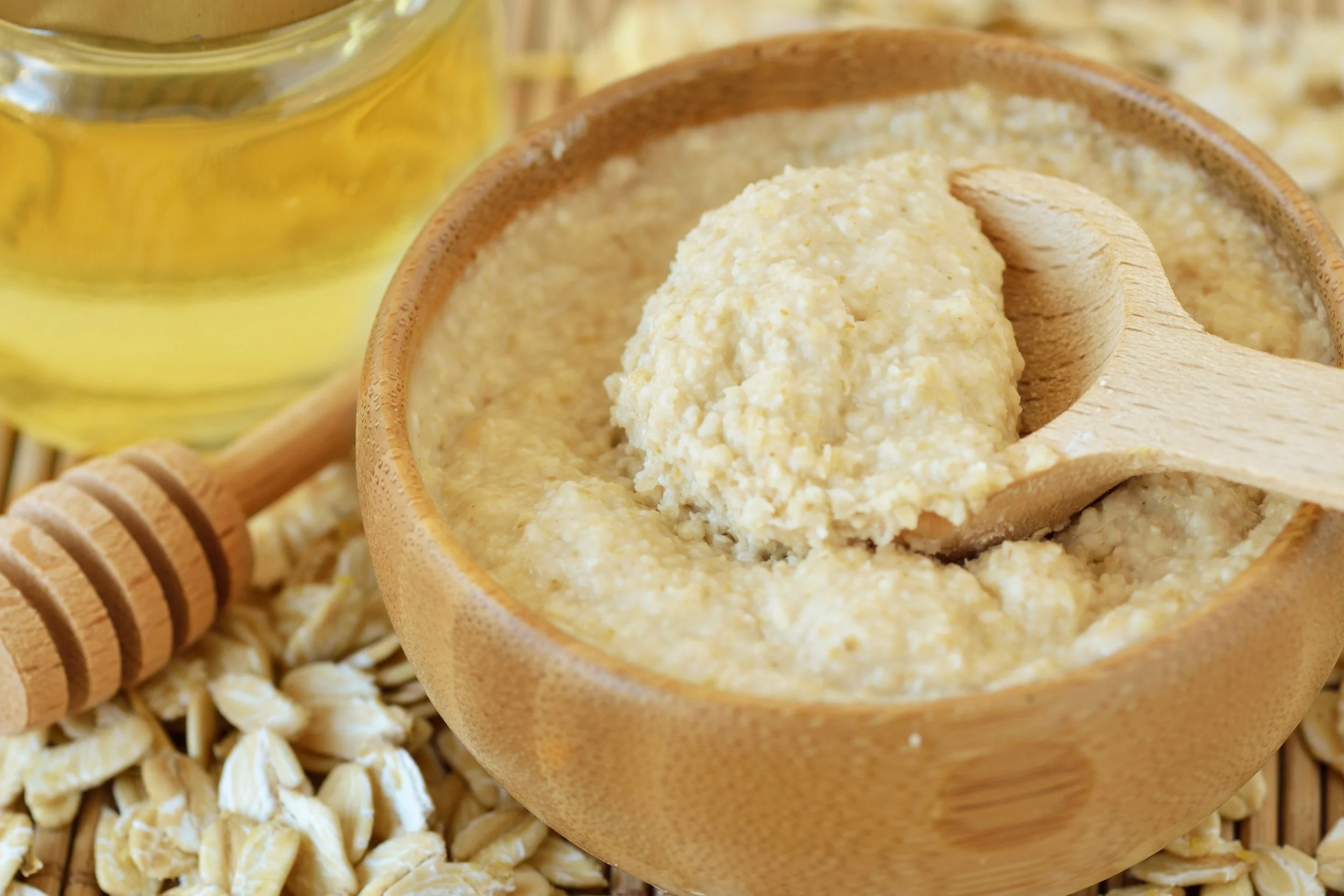The Science of pH in Skin Health: How It Influences Barrier Function
Welcome to Part 2 of our series on the science behind healthy skin. Building on the exploration of skin’s biological foundations from Part 1, this post focuses on a crucial aspect of skin health: pH. Here, we reveal how an optimal pH balance strengthens the acid mantle, supports the skin’s microbiome, and enhances its barrier function. As you learn how maintaining the right pH is essential for overall skin resilience, you'll see how this pivotal detail ties back to the broader interplay of processes we discussed earlier. Let’s dive into the hidden science that makes your skin truly shine.
The Hidden Guardian of Your Skin: Understanding pH and the Acid Mantle
Your skin is more than a surface—it’s a finely tuned ecosystem, and its first line of defense is something nearly invisible: the acid mantle. This thin, protective layer made up of sebum and sweat plays a vital role in maintaining skin health by guarding against harmful microbes, locking in moisture, and supporting healthy cell turnover.
A balanced skin pH, typically ranging between 4.5 and 5.5, is what keeps this barrier strong and resilient. This slightly acidic environment helps beneficial bacteria thrive while discouraging pathogenic strains from taking root. When pH shifts—due to harsh cleansers, aging, stress, or environmental factors—this protective balance is compromised, leading to a weakened barrier and increased risk for irritation and inflammation.
What Is pH and Why Does It Matter?
Simply put, pH measures the acidity or alkalinity of a substance. For skin, pH isn’t just a number—it’s a key indicator of barrier integrity. At its optimal acidic range, pH helps regulate vital functions like enzyme activity, microbiome balance, and moisture retention.
Several factors can influence skin pH:
Internal: age, genetics, hormone fluctuations, and overall health
External: climate, hygiene habits, cosmetic products, and cleansing routines
For example, newborns begin with a near-neutral pH that acidifies within days, while older adults often experience a more alkaline shift, reducing the skin’s natural defenses. Moist areas like the underarms and groin tend to have slightly higher pH than drier regions. Even brief exposure to alkaline products or occlusion can temporarily raise skin pH and impair its microbial and moisture balance.
Fortunately, incorporating pH-balanced skincare—especially cleansers near the 5.5 mark—can help restore and maintain a healthy acid mantle, supporting both the skin barrier and its ecosystem of beneficial bacteria.
pH and the Skin Barrier: Where Balance Meets Function
Now that we’ve explored how pH shapes the acid mantle, let’s look at its broader impact on the skin barrier—your body’s primary defense system. A healthy barrier isn’t just about moisture retention or smooth texture; it’s the result of finely tuned internal processes working in harmony with external care.
The Stratum Corneum: Powered by pH
The outermost layer of the skin, the stratum corneum, functions like a protective mosaic—tight junctions, lipids, and enzymes working together to maintain cohesion. But that synergy relies on a properly balanced pH. When the skin becomes too alkaline, key enzymes responsible for cell renewal and repair slow down. This can lead to flaking, inflammation, or a barrier that's more susceptible to environmental irritants.
The Microbiome Connection
Just as the pH supports the physical barrier, it also shapes the invisible one: your skin microbiome. A slightly acidic surface invites beneficial microbes to flourish while limiting the growth of potentially harmful strains. When pH drifts upward, this microbial balance destabilizes—often triggering breakouts, irritation, or chronic skin conditions like eczema or perioral dermatitis.
What Disrupts Skin pH?
Skin pH is sensitive to a surprising variety of influences. These fall broadly into two categories:
External Stressors
Harsh surfactants in cleansers and soaps
Over-exfoliation with acids or scrubs
Environmental pollutants and sun exposure
Occlusive dressings or tight clothing that trap moisture and heat
Internal Imbalances
Hormonal shifts, especially during menstrual cycles or menopause
Diet high in refined sugars and inflammatory oils
Chronic stress, which alters skin immunity and microbial balance
Dehydration and poor gut function, which reduce skin’s natural buffering ability
A Holistic Approach to Restoring Balance
Supporting skin pH isn’t about a single product—it’s about building practices that align with the skin’s rhythm:
Use pH-balanced skincare—especially gentle cleansers near 5.5 that protect rather than strip.
Simplify your routine when skin is compromised. Let the acid mantle recover naturally.
Eat with intention: a diet rich in omega-3s, polyphenols, and prebiotic fibers can reduce systemic inflammation and support the gut–skin axis.
Manage stress, whether through adaptogens, breathwork, or evening wind-down rituals. Mental calm supports microbial calm.
Drawing the Threads Together
Our journey through skin biology in Part 1 set the stage for understanding the vital role of the skin as an organ. In this post, we zoomed in on pH—a small but mighty factor that is central to upholding the skin’s barrier and overall function. By appreciating how pH influences the acid mantle, we better understand how every element of our skincare routine can impact the deeper biological processes that keep our skin healthy.
Conclusion: The Art and Science of Holistic Beauty
In embracing a holistic approach to skincare, we honor the intricate science that underpins our beauty routines. The skin’s structure, its complex cellular interactions, and factors like pH collectively shape our overall wellness. As you refine your daily rituals—whether through pH-balanced formulations, mindful cleansing, or lifestyle adjustments—you are, in essence, nurturing not just your skin but your entire system. Let this series inspire you to explore and integrate holistic practices that honor both science and nature.
References
Schmid-Wendtner, M-H, and H C Korting. “The pH of the skin surface and its impact on the barrier function.” Skin pharmacology and physiology vol. 19,6 (2006): 296-302. doi:10.1159/000094670











Hello and welcome! I'm Eve, a Chemist turned Herbalist, sharing the wonders of plant medicine and botanical skincare. Join me on this journey to Learn, Create, and Align your Divine!